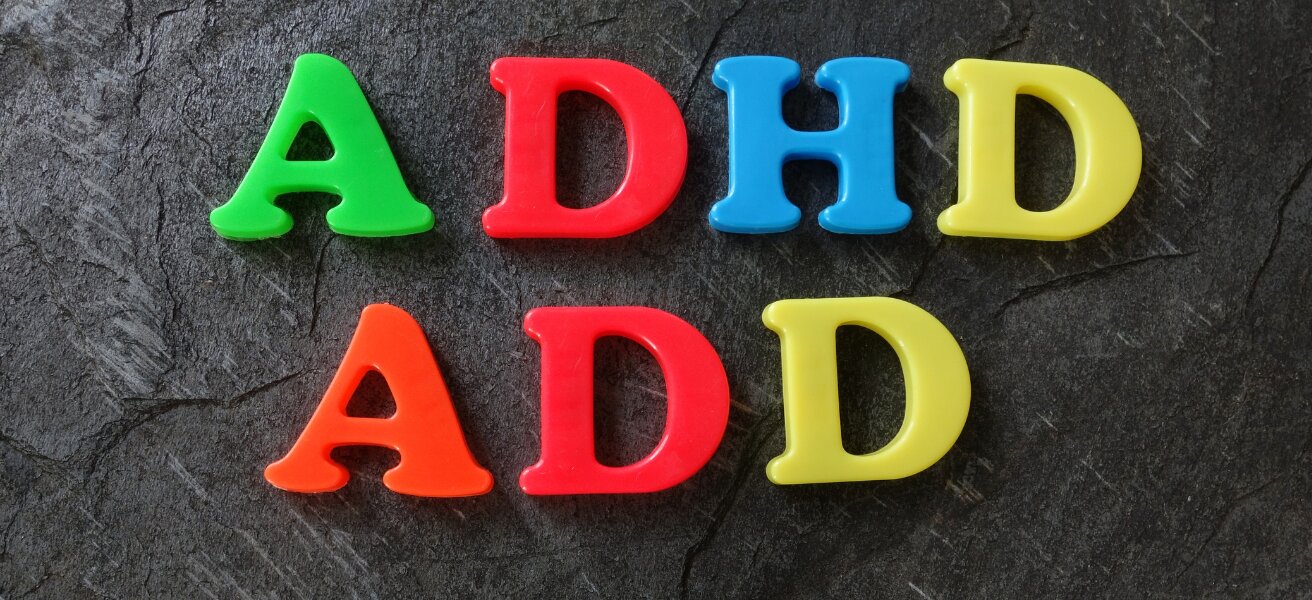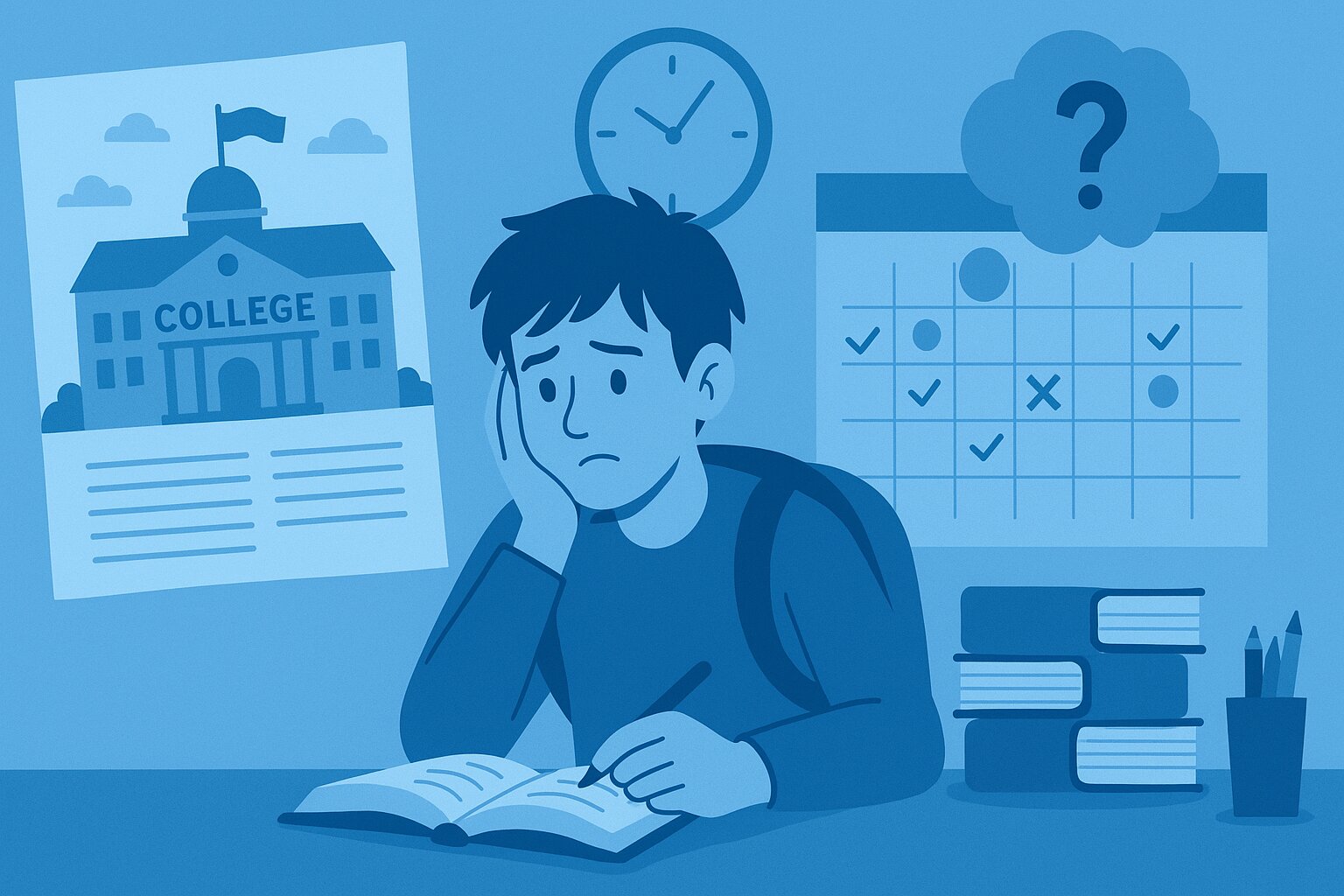Classroom Routines to Help Teachers Manage ADHD and Build Focus
Teaching is a nearly impossible job. Between lesson planning, grading, and the emotional weight of serving students at different ability levels, the challenges are endless. But for many teachers, managing behavior—especially in students with executive function deficits—is one of the toughest hurdles to overcome.
As a middle school special education teacher, it seemed like every year, my most challenging class was the final period of the day. One year, I had a great group of kids but they were brutally challenging behavioral as a group. In that class, I had 25 students and 12 had an ADHD diagnosis (I suspected I had several undiagnosed as well). By the end of the day, I felt like I had spent all my energy, and the anxiety leading up to that class was overwhelming. From the moment the students entered, I was constantly putting out fires—redirecting impulsive behavior, managing outbursts, and trying to get everyone focused on the lesson. I’d often leave the class feeling defeated, wondering how I could ever teach these kids.
After a great teacher observed me, she helped me implement one small routine at a time. Once that routine was mastered, we would move on to the next small routine. Eventually, I began to see improvements.
My first routine was greeting each student at the door, creating a moment of connection, and making sure they knew the expectations for the day. I added structure by introducing visual schedules and providing more clear expectations. Most importantly, I gave myself and my students a lot of grace when days didn’t go as planned. Slowly but surely, the anxiety in that last period lessened, and we started making progress.

How Executive Function Impacts Classroom Behavior Management
Behavior management and executive function are closely linked, especially for students who struggle with attention, memory, or self-regulation. Behind many behavioral issues, there’s often an underlying executive function challenge.
Challenges in Executive Function Can Manifest as Behavioral Issues:
- A child struggling with working memory might forget instructions and act out of frustration.
- Emotional regulation difficulties may lead to meltdowns or outbursts when things don’t go as expected.
- Trouble with impulse control can result in students talking out of turn or making poor choices.
In these cases, traditional behavior management strategies alone aren’t enough. Without addressing the executive function gaps, we might find ourselves stuck in a cycle of frustration—both for the student and the teacher.
The Importance of Executive Function in Managing Classroom Behavior
When students can plan, focus, and manage their impulses, they’re better equipped to meet classroom expectations and make positive choices. But when these skills are underdeveloped, behavior issues arise—not out of defiance, but often because the student lacks the tools to self-regulate.
Think of it this way:
- Executive function is the “why” behind the behavior. By understanding the underlying executive function challenges, we can tailor interventions that address the root cause of a student’s behavior.
- Behavior management is the “how” we address these behaviors. It involves creating an environment and using strategies that help students practice and strengthen their executive function skills.
How Behavior Management Strategies Strengthen Executive Function
The good news is that behavior management strategies can also help build executive function. Here are a few classroom management techniques that not only address behavior but also foster executive function development:
- Routines as the Lead Domino
- Why Routines Matter: Classroom routines provide structure and predictability, particularly for students with executive function challenges like poor working memory or difficulty with emotional regulation. For teachers working on behavior management, routines reduce student anxiety and set clear expectations for appropriate behavior.
- Example: Start with one simple routine, like greeting students at the door. This not only helps create a sense of belonging but also gives students a consistent, positive start to each class. Over time, add more routines, such as setting a clear structure for transitions or ending each class with a reflection period.
- Visual Schedules, Clear Instructions, and Online Portals
- Why It Works: For students with executive function deficits, remembering multi-step instructions or transitioning between activities can be overwhelming. Visual schedules, online portals, and concise instructions help these students stay organized and on task.
- Example: Post a visual schedule at the front of the room and review it briefly at the start of each lesson. Use clear, concise instructions and break multi-step tasks down into manageable pieces. Additionally, platforms like Google Classroom, Schoology, Canvas, and Infinite Campus can be used to keep students informed about assignments, expectations, and deadlines in a consistent, easy-to-access format. On these platforms, create a clear cover page with hyperlinks to key sections like assignments, resources, and announcements to help students quickly access important areas without confusion.
- Incorporating Short Movement Breaks
- Why It Works: Movement helps regulate emotions and refocus attention. For students with ADHD or high energy levels, incorporating short movement breaks can release excess energy and improve focus. It also gives them something to look forward to.
- Example: Introduce two-minute movement breaks between lessons or during transitions. Simple exercises like stretching, tennis ball drops, or even a quick walk to another part of the classroom allow students to release energy and return to their seats with renewed focus.
- Positive Reinforcement: Celebrating Small Wins
- Why It Works: The typical student with executive functioning deficits receives 20,000 more negative comments than positive comments by 5th grade. Positive reinforcement not only encourages good behavior but also builds a student’s confidence in their ability to manage their emotions and impulses.
- Example: Focus on specific, achievable goals. Instead of saying, “Good job,” try something like, “I noticed you stayed focused and asked a great question during the lesson.” This reinforces the behavior you want to see while also boosting the student’s belief in their ability to improve.

Case Study: Turning Chaos into Calm with Routines and Reinforcement
Let’s go back to that last period of the day, my classroom of 20 students with ADHD. For weeks, I struggled to manage the chaos. There were days I dreaded it, knowing it would be an uphill battle to keep everyone focused.
After introducing small routines and using positive reinforcement, the atmosphere started to shift. I began by greeting each student at the door, which helped set a positive tone right from the start. Next, I implemented a visual schedule and ensured all class information was posted on our Google Classroom page so students knew exactly what we were doing and when. Finally, I focused on acknowledging the small wins—whether it was a student who remembered to raise their hand or one who stayed on task for 10 minutes straight.
Slowly but surely, the chaos gave way to calm. The students started to take ownership of the routines, and I noticed fewer outbursts and distractions. While there were still challenging days, the overall environment became more manageable, and, most importantly, students began to believe they could be successful in school.
Key Takeaways:
- Executive function challenges often manifest as behavioral issues.
- Strong executive function skills are the foundation for effective behavior management.
- Behavior management strategies—like routines, visual schedules, movement breaks, and positive reinforcement—not only address behavior but also help build executive function.
By focusing on these strategies, teachers can create a classroom environment where students are empowered to manage their behavior, develop their executive function skills, and thrive academically.
Struggling to manage students with executive function challenges in your classroom? Contact Untapped Learning for expert guidance and proven strategies to help your students stay focused, organized, and engaged.
For More:
Teaching Strategies for Students with ADHD
Classroom Interventions for Attention Deficit/ Hyperactivity Disorder





